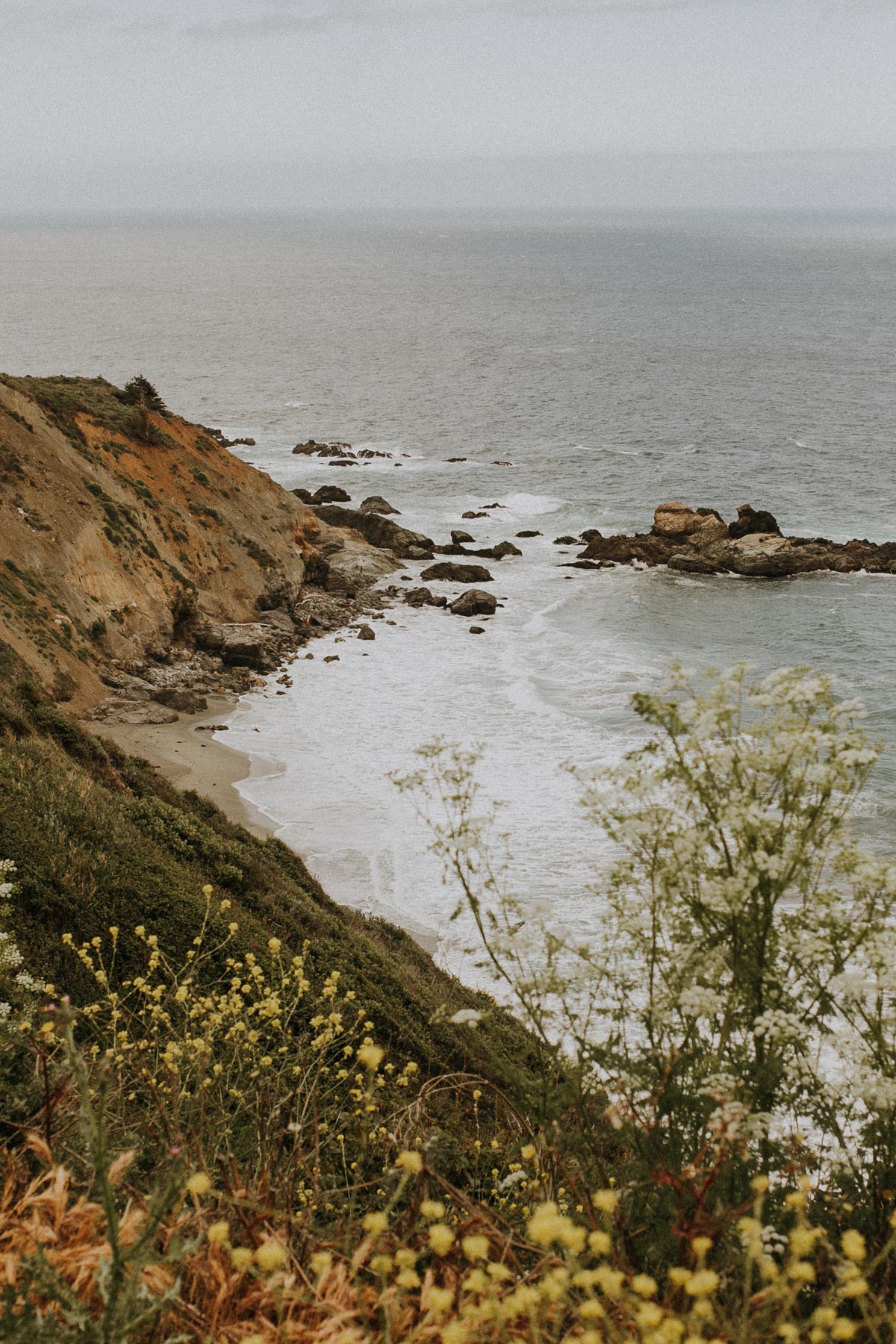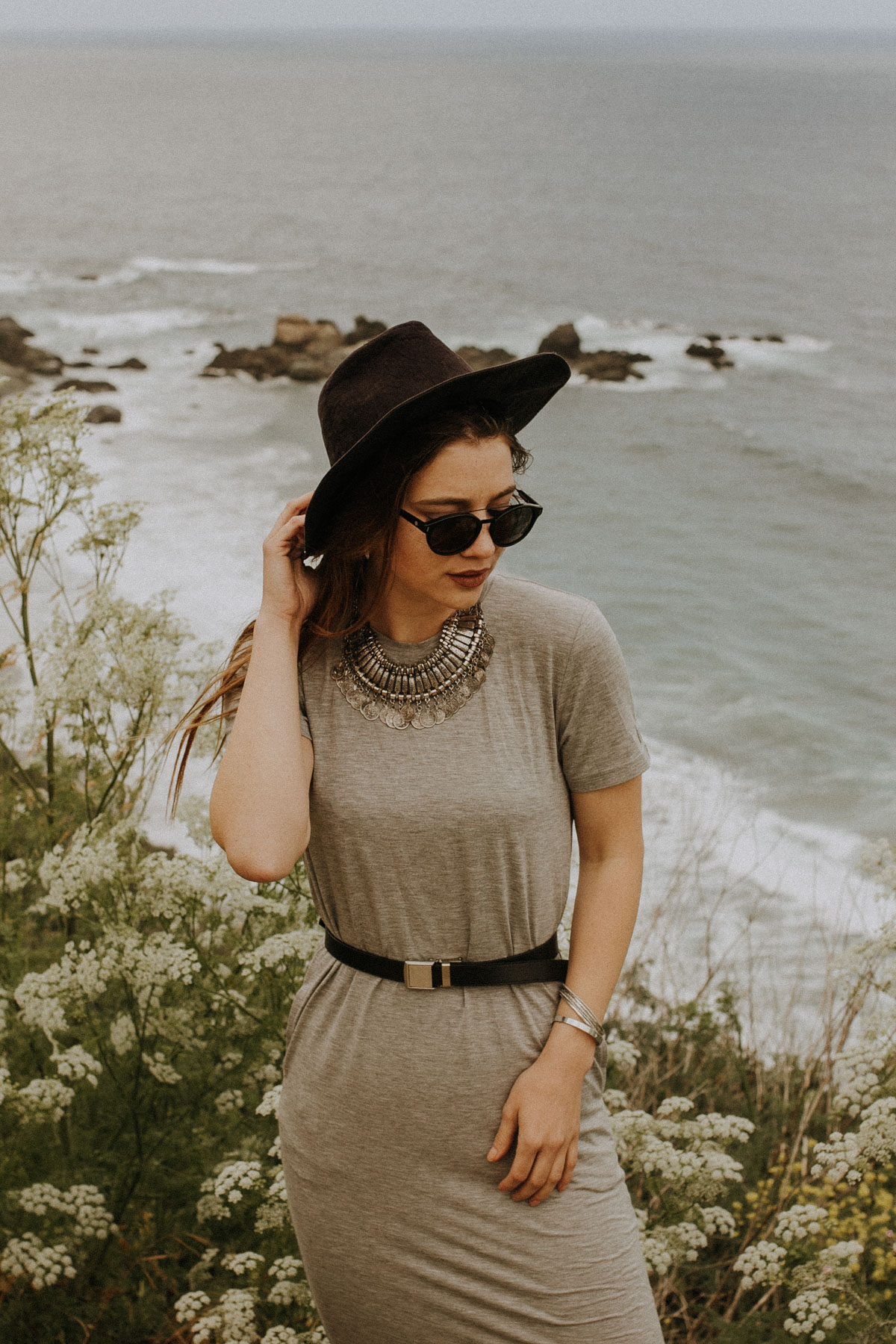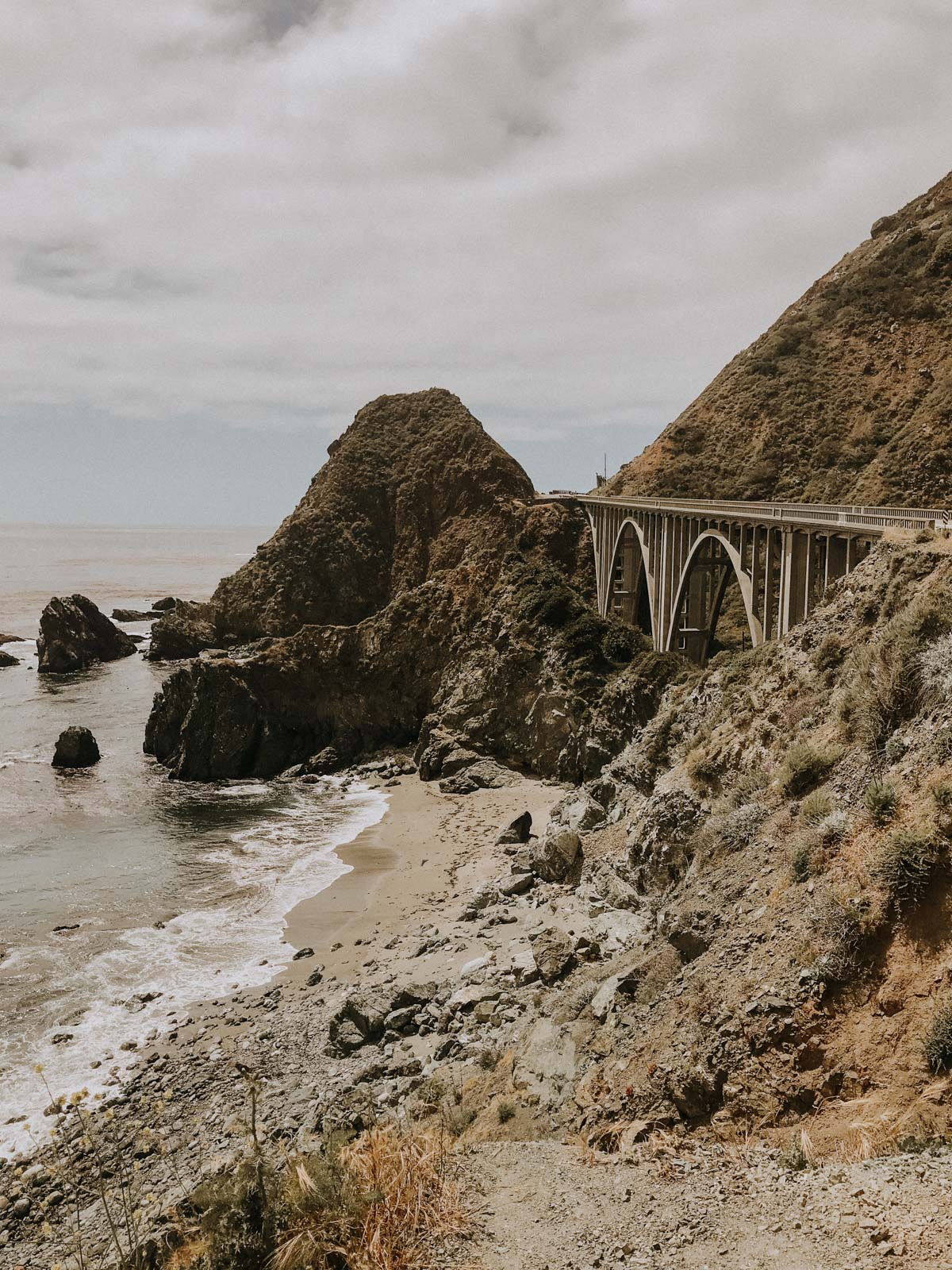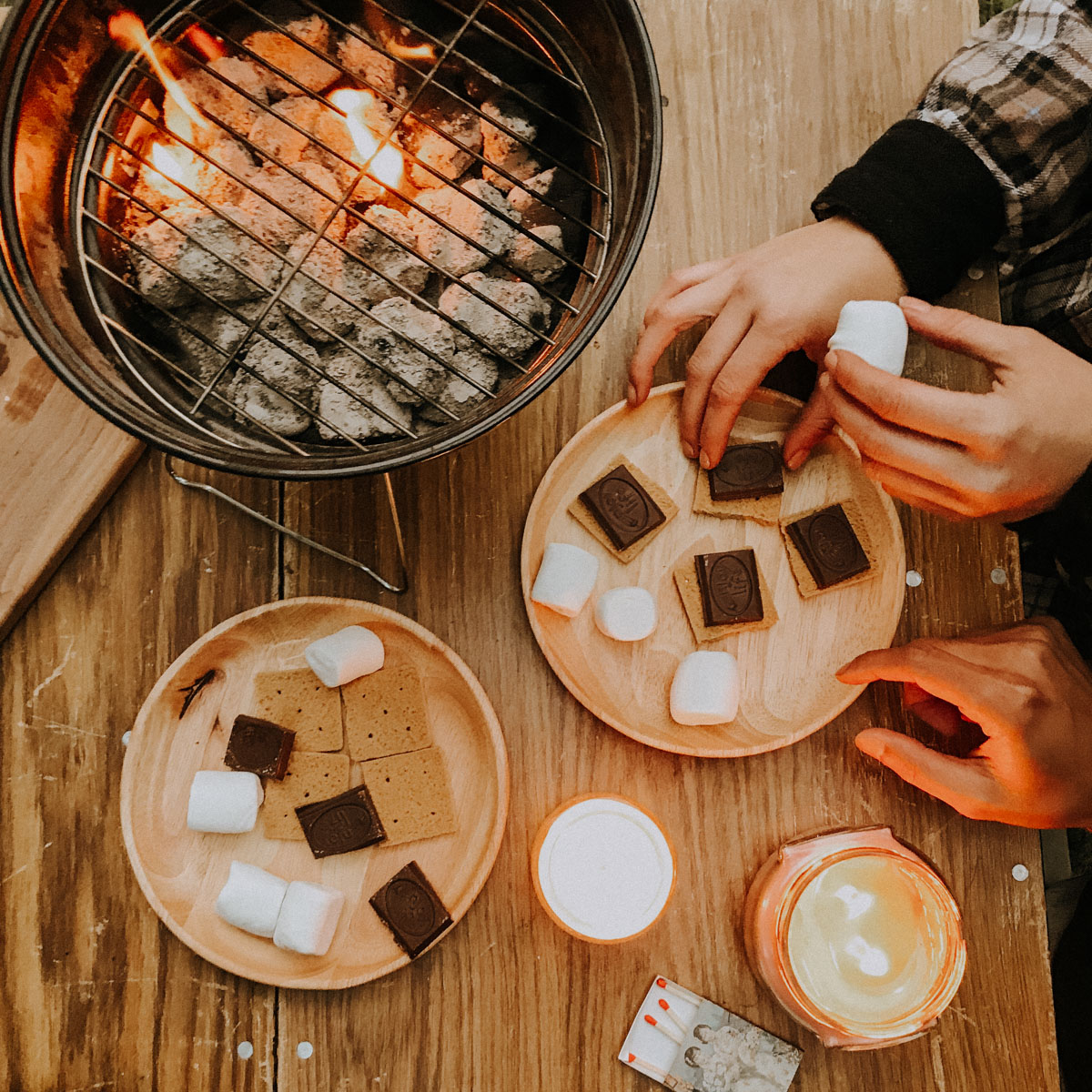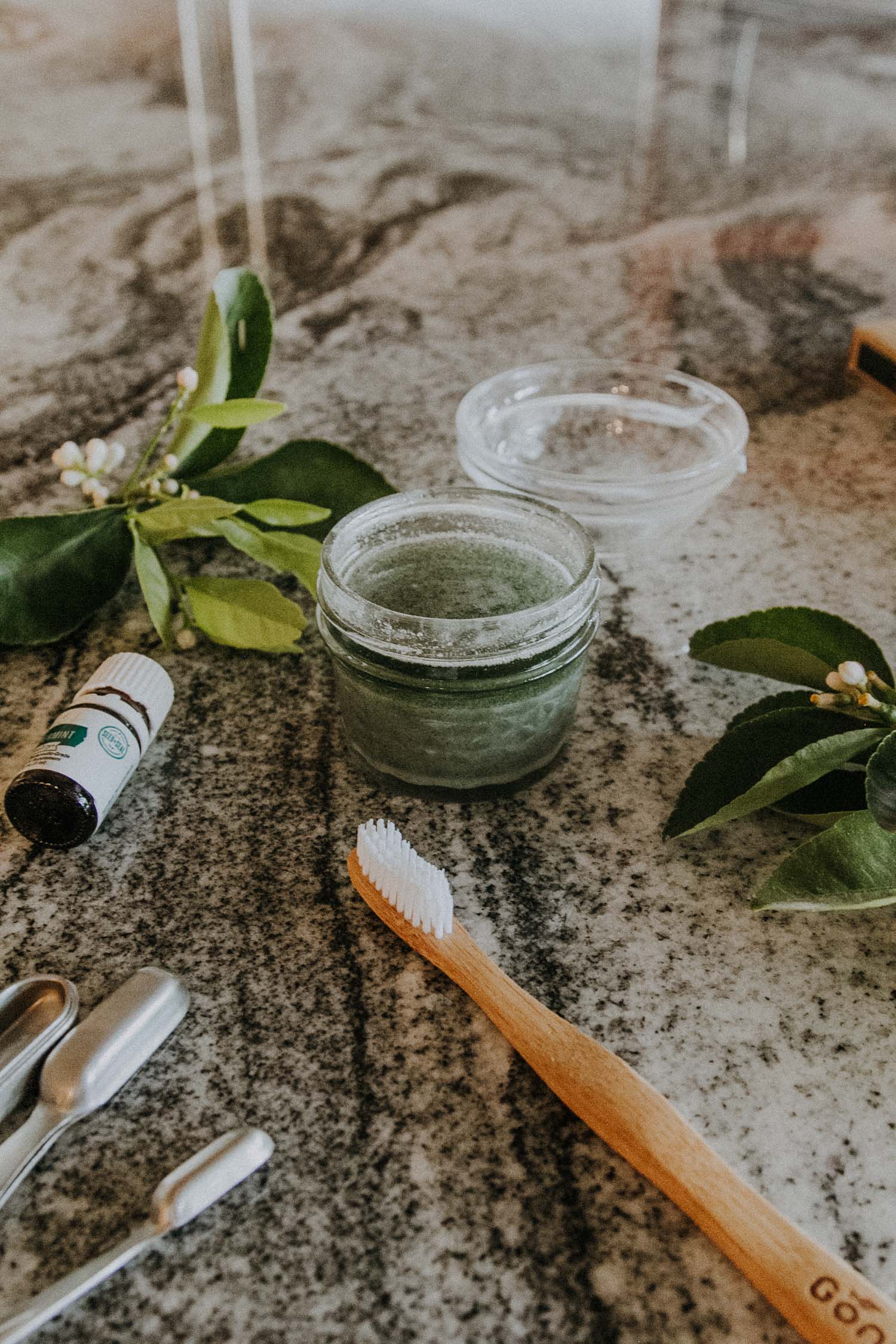Last month, some friends and I camped in Big Sur-- it was a really good time in a beautiful setting, despite some interesting challenges along the way! The trip included me, Dan, (@deer_dann), Ish (@ohheyits_ish), and Erikson (@eriksonerise), as well as Eddie (@edikins) and Joy (@_madewithjoy) who joined up on day two. While we had originally planned a larger creative trip mixing models and photographers, we made the most of our photographer-heavy clan, and still had fun!
The four of us left from Bakersfield at 4 a.m. on Friday to get a step up on the Big Sur Memorial Day weekend holiday surge. I was in fine form, having pulled an all-nighter to finish up some work on my laptop, so I was glad to not be driving. Our winding, twisting road trip there took some unexpected detours from Highway 1 road closures, and as well as an occasional hurling stop for my car/motion sickness--always a possibility on a real curvy road, especially when I am NOT driving!
Although we had arrived to the campgrounds before 8:30 am, there were no available or unreserved camping spots at either of the two camping options. Oh, did I mention we did not have a “reservation”??--(not recommended on holiday weekends, lol) . Luck was definitely on our side, however, since later on that afternoon, a nice lady at one of the campgrounds ended up giving us a place to park. It wasn’t a legit “camping spot” because it didn’t have a grill or bonfire pit like the others, but it was a nice open space with lots of trees. We were grateful and happy to have a place to stay, so all was good.
Once we set up camp, we went down to the beach to walk around and explore - SUCH A BEAUTIFUL COAST. OMG. We definitely loved our time there.
We went back to camp to eat dinner and have some s’mores (mine were vegan obvi) We didn’t stay up too late as it was cold at night and we all wanted to bundle up in our sleeping bags.
Joy and Eddie (surprisingly) found us on day two and set up camp next to us. I say surprisingly because our campground and the surrounding 30 minute drive radius was a complete dead zone for cell phone service-- totally “off the grid”. We used a nearby pay phone (a first for me!), to leave Joy a detailed voicemail describing our exact location. They never would have found us otherwise if they had already lost “service”. How much we depend on technology, even when we are trying to escape it!
Over the next two days, we explored the Big Sur coast, checked out McWay Falls, went into town, hung out at the beach, and got some good photography content for a few brands that Dan and I were working with.
The brands I had partnered with were Kindom Shop, Slide Belts, Proof, Mad Hippie, and Zealous.
Kindom Shop is an online boutique specializing in products made of sustainable, natural, reclaimed, and indigenous materials. The grey Madison Column Dress, Kaile Cosmic Universe Convertible Dress, and black Kira Convertible Ruffle Sleeve Top are all Kindom and made from reclaimed fabrics.
Slide Belts are not a vegan company, but they did just come out with a vegan women’s collection of skinny and thick slide belts. I’m wearing the brown/gold and black/silver combinations.
Proof is primarily a sustainable eyewear company that gives back to the community, however they do have other travel inspired goods. They use biodegradable, recycled, and natural materials and have a socially conscious business model. I'm wearing the Wilder Eco sunglasses in matte black/grey lens.
Mad Hippie is a vegan and cruelty free skincare company that gives back $1 of every web sale to conservation. They are sold in natural health food stores and markets as well as in Anthropologie and Free People. I featured their exfoliating serum, face cream, antioxidant facial oil, vitamin c serum, and their vitamin a serum - seriously some great skincare products.
Zealous is a sustainable home goods online store. The Beech Wooden Plates were used for the s’mores photos. These are biodegradable (obviously) because they’re made from wood!
I loved my time in Big Sur, and am excited to return! Hopefully next time we can get a bigger group of friends, models, photographers, and significant others--AND we’ll have a reservation or stay in a cabin or AirBnb!
Not showering for three days while trying to look and feel decent in photos was definitely a bit of a struggle for me, but still lots of fun!


























